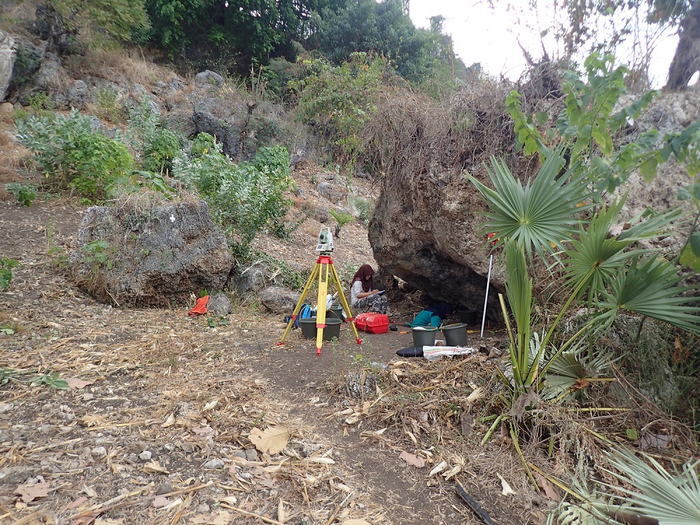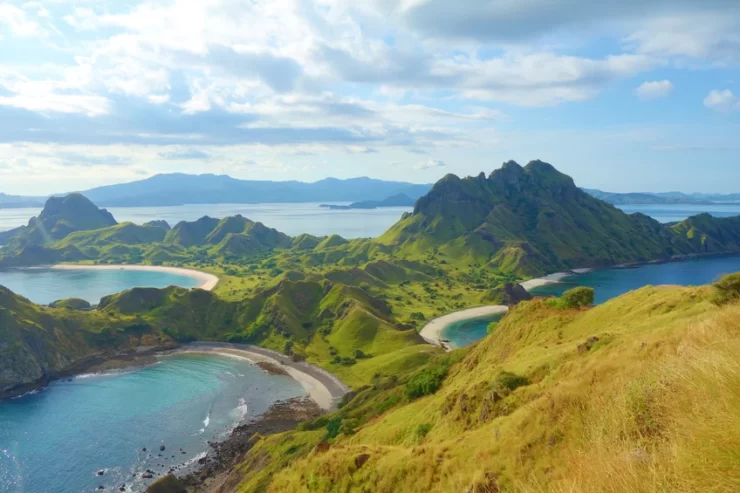An international team of specialists examined the DNA of 16 ancient peoples and discovered that thousands of years ago, a set of Indonesian islands served as a location zone.
According to the Max Planck Institute for Evolutionary Anthropology in Germany, the Wallacean islands in what is now Eastern Indonesia have a long and rich history of being home to modern humans dating back thousands of years.
The islands, which are separated by deep straits and are located between the Asian and Australian continental shelves, have yielded evidence of repeated genetic mixing between distinct groups of humans dating back at least 3,000 years, according to experts.
Announcing the results of a study of the genomes, a statement from the institution said: “To gain further insights into Wallacea’s settlement history, an international team of scientists led by the Max Planck Institutes for Evolutionary Anthropology (Leipzig), the Science of Human History (Jena) and the Senckenberg Center for Human Evolution and Paleoenvironment at the University of Tubingen sequenced and analyzed 16 ancient genomes from different islands of Wallacea, finding evidence for repeated genetic admixtures starting at least 3,000 years ago.
“Those contacts involved a number of distinct groups from neighboring Asia and Oceania.”
The experts found that while these tropical islands acted as “a corridor for modern humans migrating into the Pleistocene Australia-New Guinea landmass (Sahul).”
Cosimo Posth, a co-author of a study of the genomic data, “All Wallacean individuals sequenced in this study are more similar to modern New Guinean groups than to earlier local populations” said.



Mark Stoneking, another co-author of the study, said: ”Since we now have ancient individuals from different time periods we can directly show that admixture occurred in multiple pulses or continuously since at least 3,000 years ago throughout Wallacea.”
“Future investigations on older genomes may stretch this period much more,” he noted.
According to the study, there is “a closer relationship between the Austronesian-related ancestry of ancient individuals from northern Wallacea and the Pacific, compared to those from southern Wallacea – a pattern matched by linguistic evidence.”
The study also discovered that the people on the island received a large genetic contribution from mainland Southeast Asia.
The statement from the Max Planck Institute: “The team identified an additional ancestry contribution from Mainland Southeast Asia, closest to present-day Austroasiatic speakers, and proposed that admixture occurred first between the Mainland Southeast Asian and Papuan-related ancestry and that gene flow from Austronesian-related groups occurred only later. “
Peter Bellwood, a co-author with substantial archaeological experience in Southeast Asia, said: “That Southeast Asian mainland component is a complete enigma to me. I believe we are looking at small groups of people, probably early farmers, who came a long distance, left no archaeological or linguistic traces along the way, yet grew their population size once they arrived.”
Newsweek
Cover Photo: Max Planck Gesellschaft
